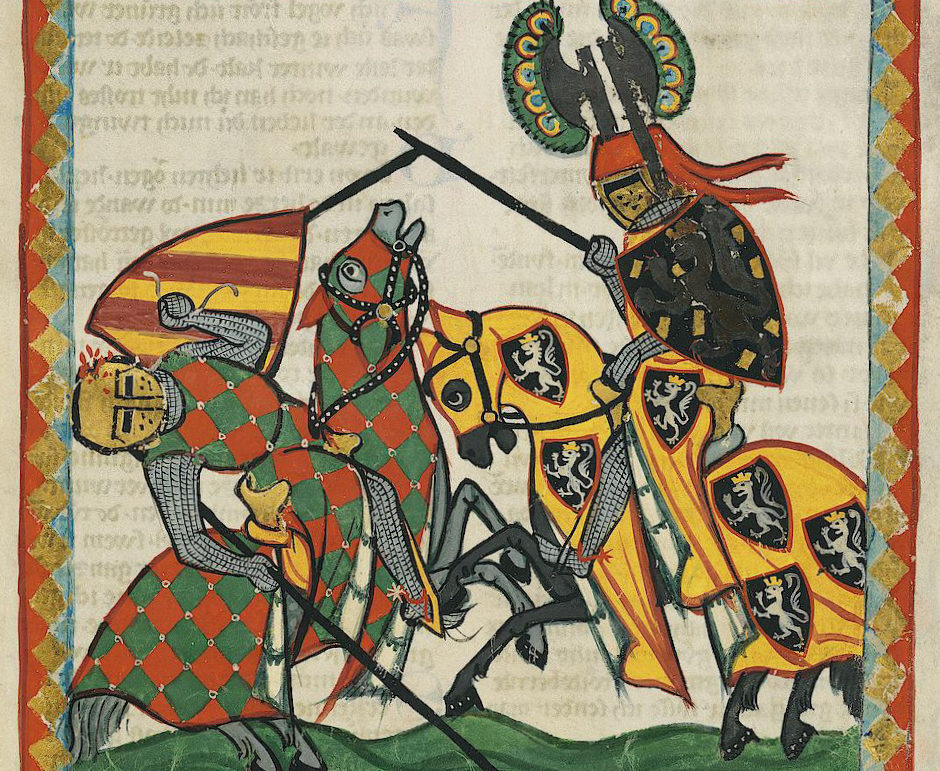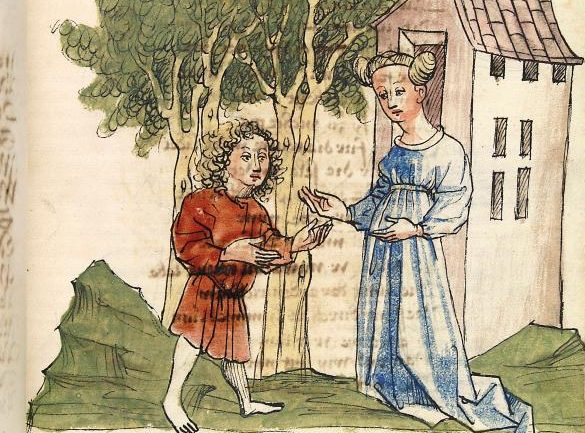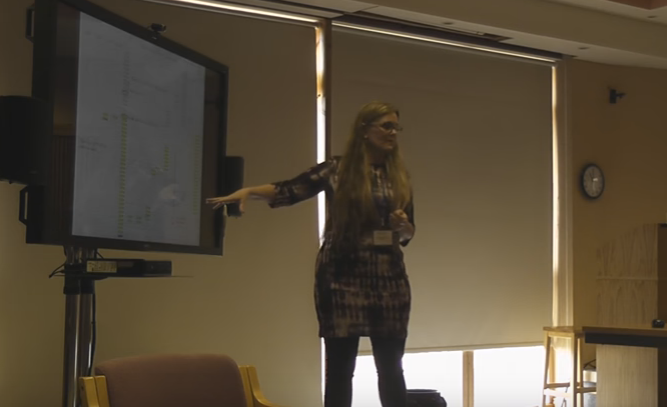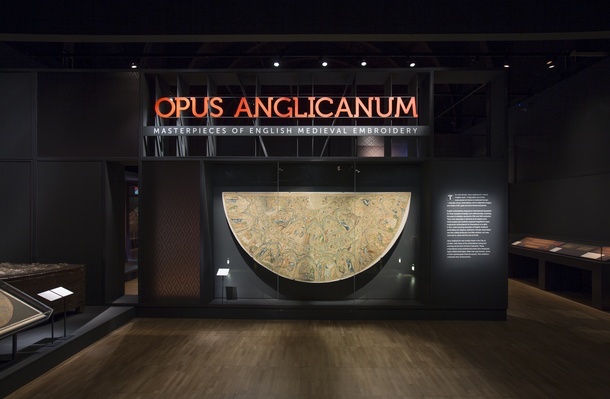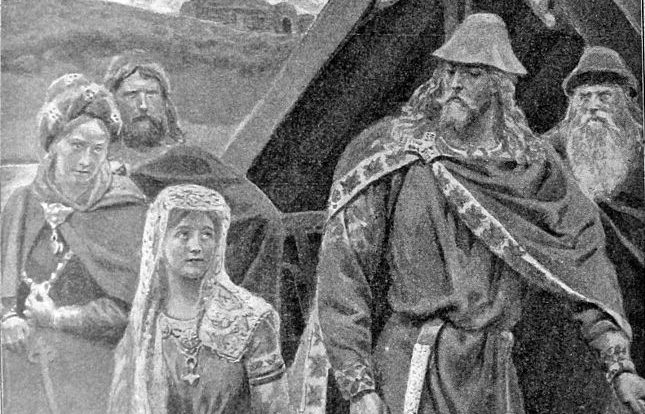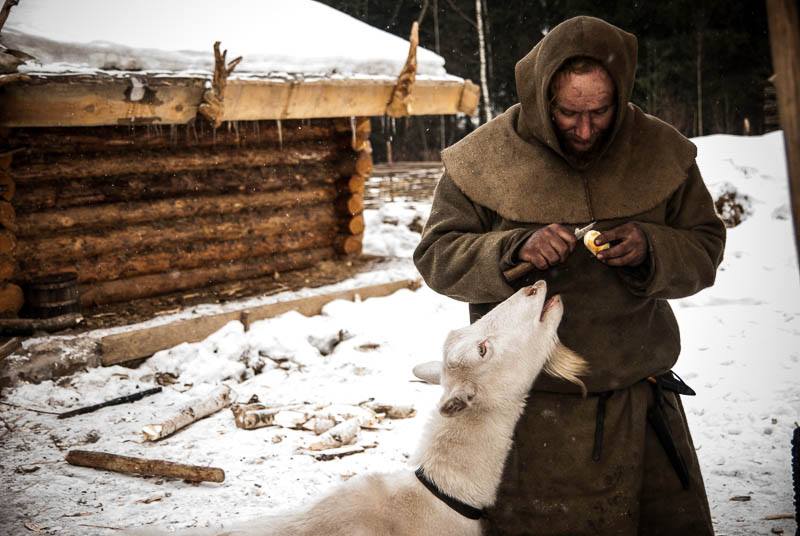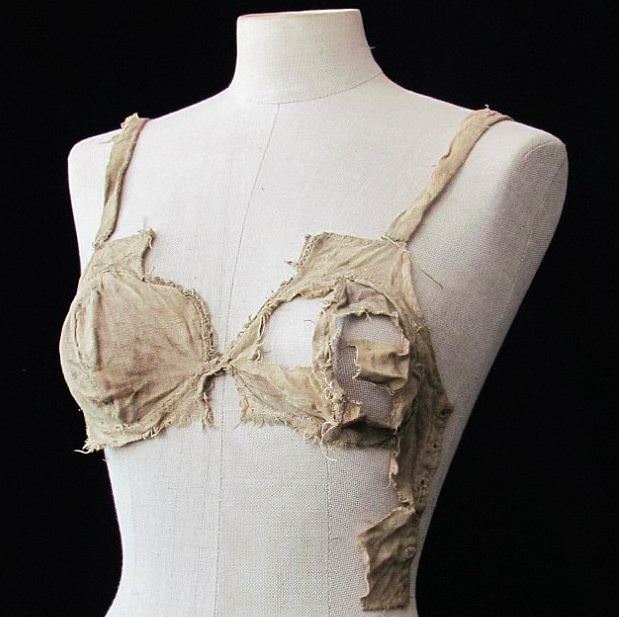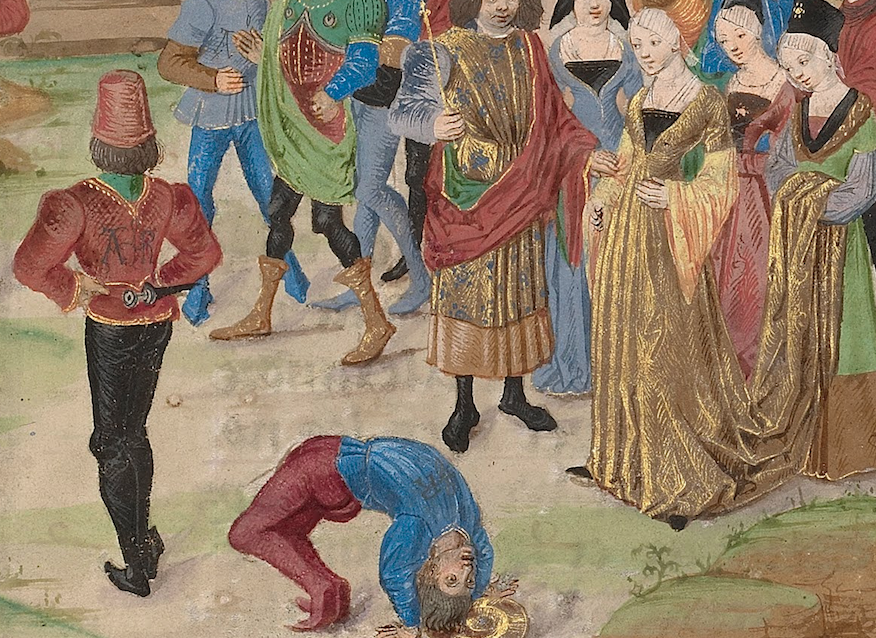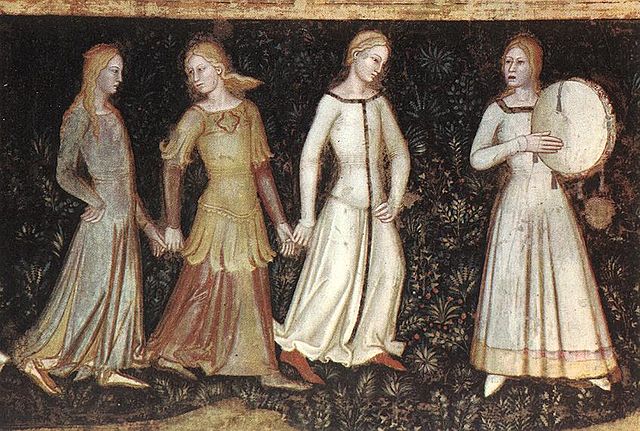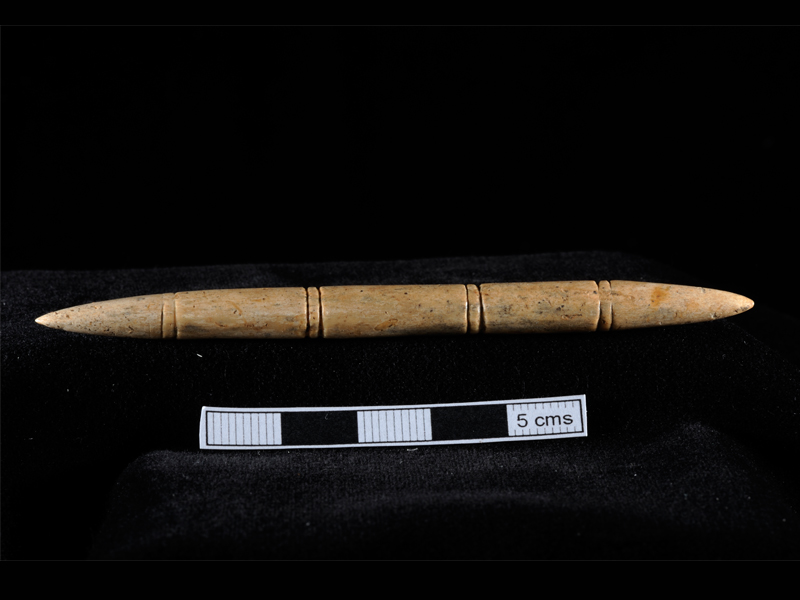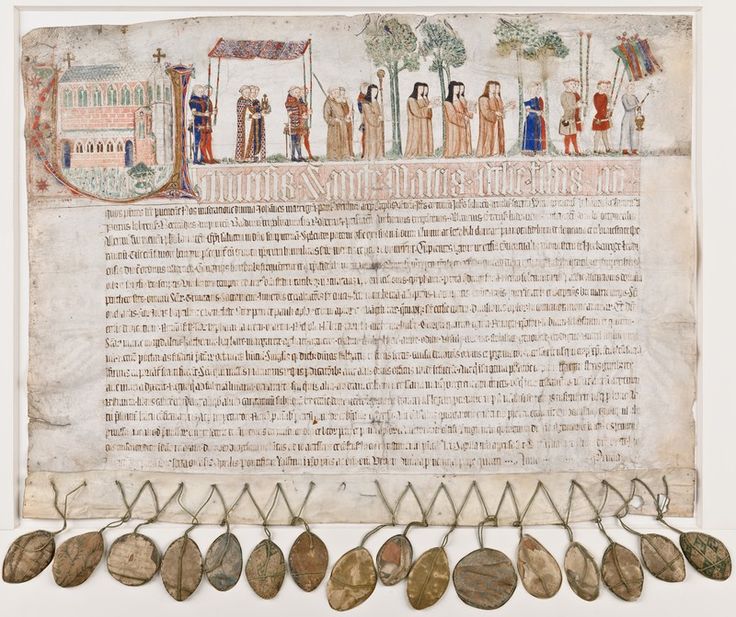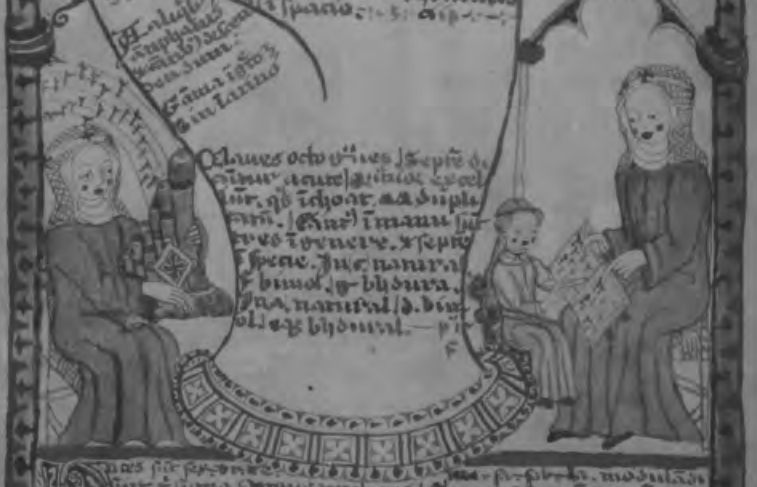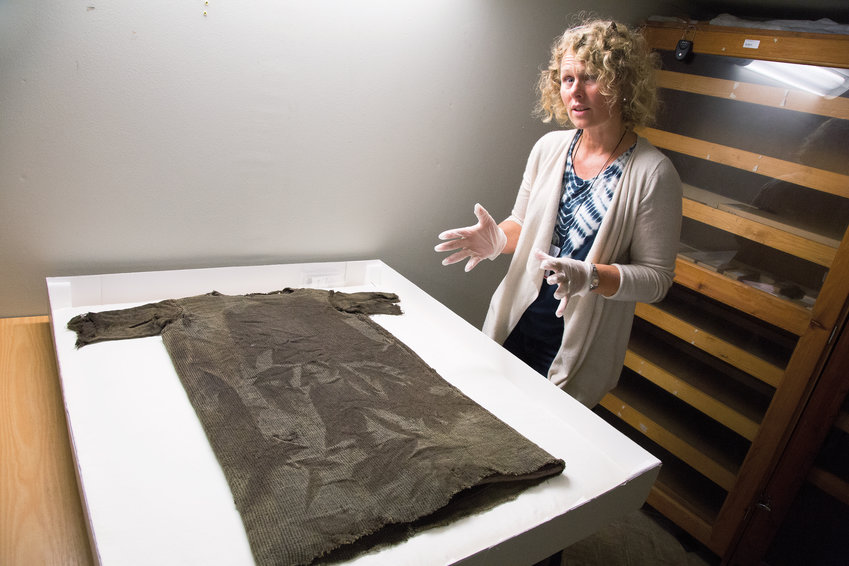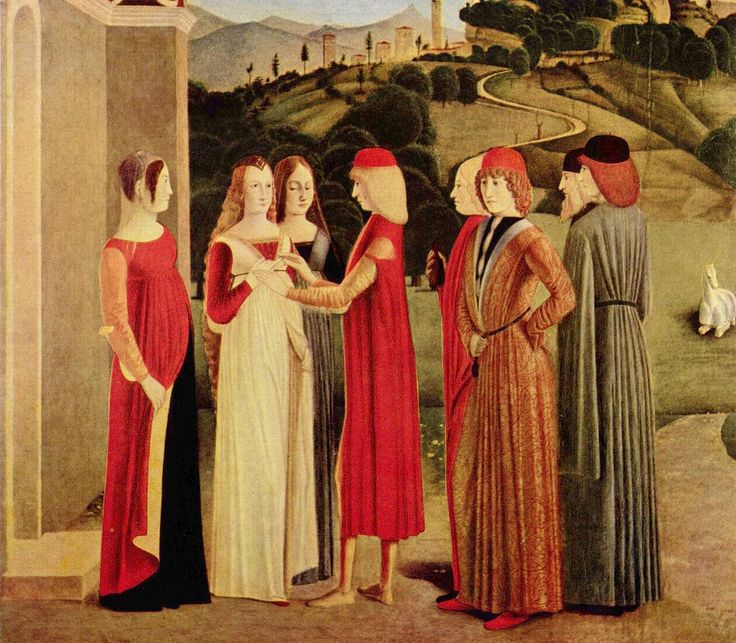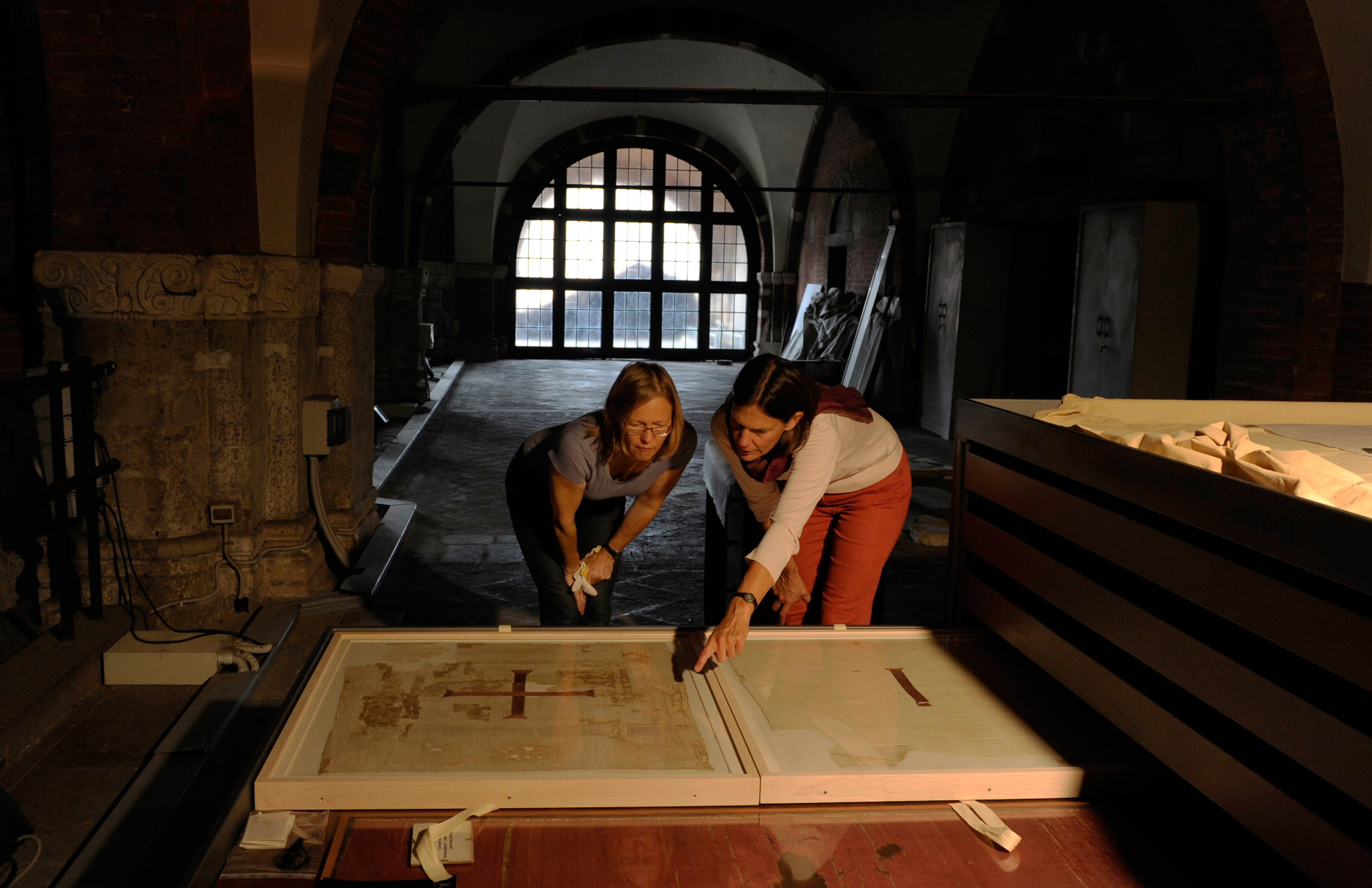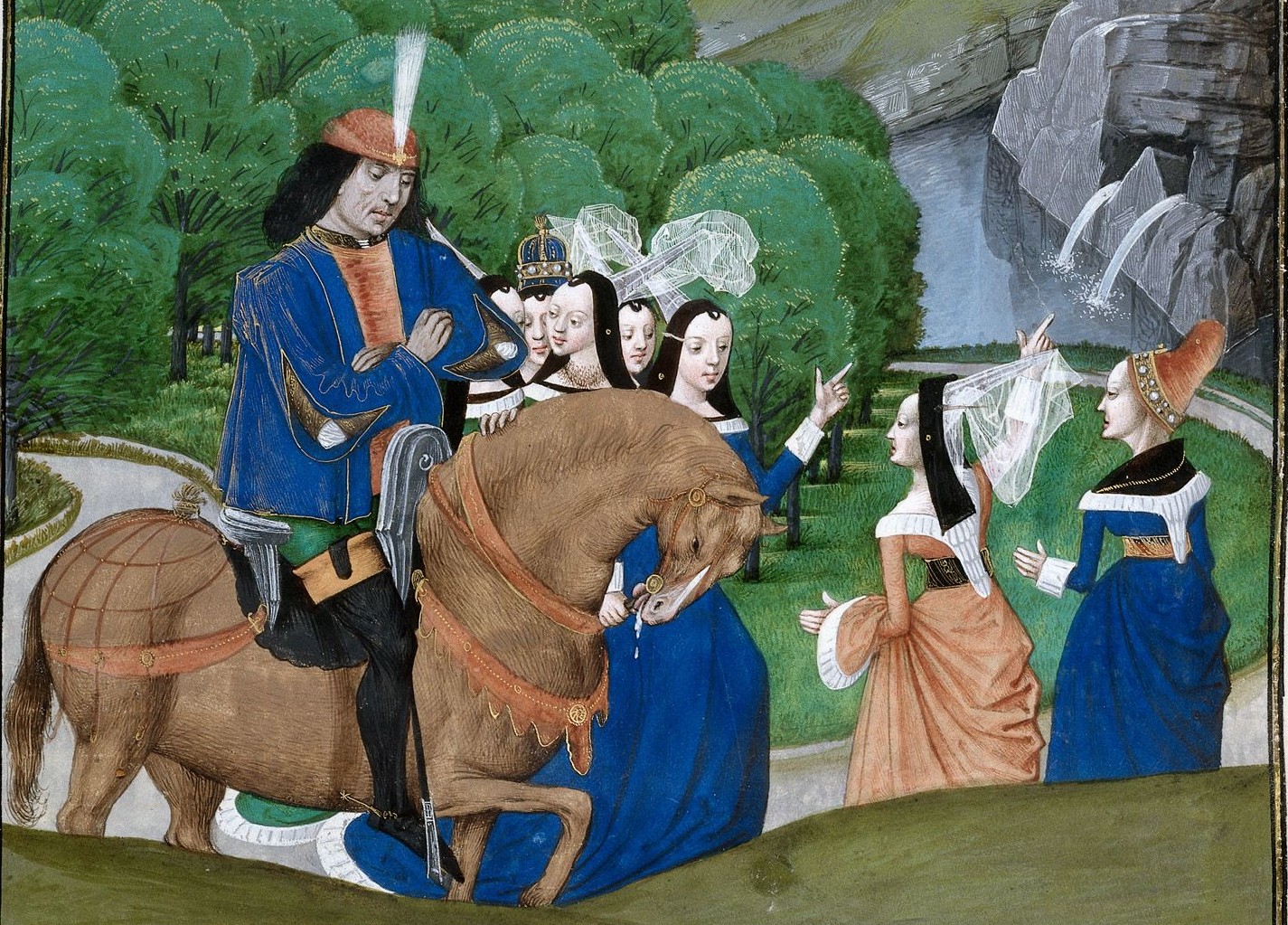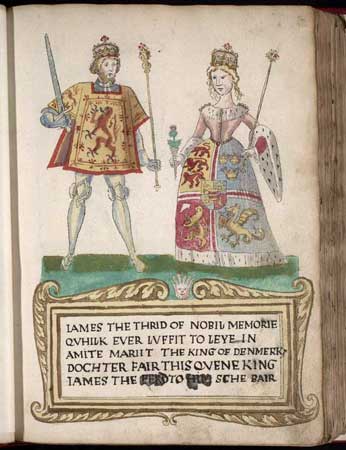The Needle is Mightier than the Sword: The Effect of Embroidery in Medieval War Material Culture
Beginning in the early Middle Ages, military garments evolved from simple identifying clothing with little ornamentation, to richly decorated garments that reflected the increasingly complex – and somewhat artificial – heraldic composites.
Material Culture in the Geniza Society
Miriam Frenkel examines the Cairo Geniza records as a source of Jewish life in the Middle Ages.
Undercutting the Fabric of Courtly Love with ‘Tokens of Love’ in Wolfram Von Eschenbach’s Parzival
In this article I will focus on two areas in which clothes provide us insights into Wolfram’s complex commentary on constructions of masculinity and femininity, and the discourse of courtly love
Norse North Atlantic Textiles and Textile Production: A Reflection of Adaptive Strategies in Unique Island Environments
Textile production was a key industry for the Norse colonies of the North Atlantic during the late Viking and Medieval period.
Medieval English Embroidery on Display for the Last Time at the V&A’s Opus Anglicanum Exhibit
The V&A Museum opened its latest medieval exhibit exhibit on Saturday: Opus Anglicanum: Masterpieces of English Medieval Embroidery. I had the opportunity to see it opening day and it was spectacular.
Women’s Work and Family in the Viking Age
A look at women’s work and family life in the Viking Age.
Textile Consumption in Late Medieval Castile: The Social, Economic, and Cultural Meaning of Clothing, 1200-1350
Focusing on the types of clothing imported into the realm, and using information from the royal accounts and tithes of a number of ports in the Bay of Biscay, I focus on issues of production and consumption in late medieval Castile and what this information tells us about the economic structures of the realm and on the exaggerated consumption of foreign cloth by certain groups within Castilian society.
Surviving Winter in the Middle Ages
Surviving Winter in the Middle Ages: How did people stay warm? What did they eat? What did they do?
Bras in the 15th Century? A Preliminary Report
Four linen textiles resemble modern time bras. The criterion for this classification is the presence of distinctly cut cups. The two more fragmented specimens appear to be a combination of a bra and a modern dirndl blouse.
The Vikings and clothing accessories they brought home
New study on the use of imported objects in Viking Age Scandinavia
10 Fun Fashion Facts from the Middle Ages
Here are ten fascinating fashion facts for your enjoyment (I’ve saved my favourites for last).
A Five-Minute Guide to Medieval Fabrics
I don’t know about you, but I often read descriptions of medieval clothing and want to know more about the fabric: what did it look like and what was its texture?
Fashion Old and New: Weaving and Tailoring in the Early Medieval and Early Modern Period
Fashion fan? Interested in medieval and early modern textiles? Then this was your session. 2 papers from opposite ends of the spectrum: Early Medieval weaving and Early Modern Tailoring.
Sewing as Authority in the Middle Ages
Analysing manuscripts, relics, indulgences, and even a bishop’s mitre, the article argues that stitching was a way to enact, or intensify, the ritual purpose of objects, whether that was ceremonial, devotional, or authoritative.
A Young Man’s Progress – The First Book of Fashion
A Young Man’s Progress is art work by London photographer Maisie Broadhead and fashion designer Isabella Newell in collaboration with Cambridge cultural historian Ulinka Rublack.
Late medieval bling-bling
Illustrations and surviving clothing and accessories however present an entirely different picture of medieval fashion: bright, contrasting colours, costly, lavishly decorated fabrics and belts and bags adorned with all kinds of golden and silver-coloured mounts.
Lessons from the Viking Lifestyle
‘I am here to talk to you about my life as a Viking and how it has changed and shaped my personality and the way I view several aspects of today’s society, and how I started hunting for the authentic experience.’
Move over Milan! Late Medieval and Renaissance Fashion in Venice
Milan may be Italy’s current fashion capital, but Venice had an important role to play in the development of the Italian fashion and textile industry since the late middle ages and renaissance period.
The Nun’s Crown
The nun’s crown, a white linen circlet with overlapping bands forming a cross worn over her veil, formed part of the dress of monastic women in northern Germany.
Early Medieval Tunic recreated in Norway
A few years ago, the oldest known piece of clothing ever discovered in Norway, a tunic dating from the Iron Age, was found on a glacier in Breheimen. Now about to be reconstructed using Iron Age textile techniques, it is hoped the tunic will inspire Norwegian fashion designers.
How to Make a Medieval Costume in Under Four Minutes
Luke Seinen shows how to make a medieval costume in under 4 minutes! Just in case you needed something to wear for Halloween. Plus more videos on medieval costumes and looks.
The Fashion Police in 16th-century Italy
Patrolling the streets and squares of the bustling city as arbiters of the level of ostentation that was deemed appropriate, the sumptuary magistrates were quite simply the Fashion Police.
Silk Tunics of Saint Ambrose to be restored and studied
Archaeologists from the University of Bonn, working with restorers, are preserving and studying 4th-century tunics ascribed to St. Ambrose. In the course of examining these valuable silk garments, they have made surprising scholarly discoveries regarding the development of early relic worship.
15 Medieval Fashion Trends
How did fashion change during the Middle Ages? Using images from medieval manuscripts, we can track some of the changes in fashion over the centuries. The styles of dress and clothing would see new trends emerge, ranging from long-toed shoes to plunging necklines.
The Wardrobe of Margaret of Denmark, Queen of Scotland
Margaret of Denmark dressed at the height of fashion in mid-15th century Scotland.
